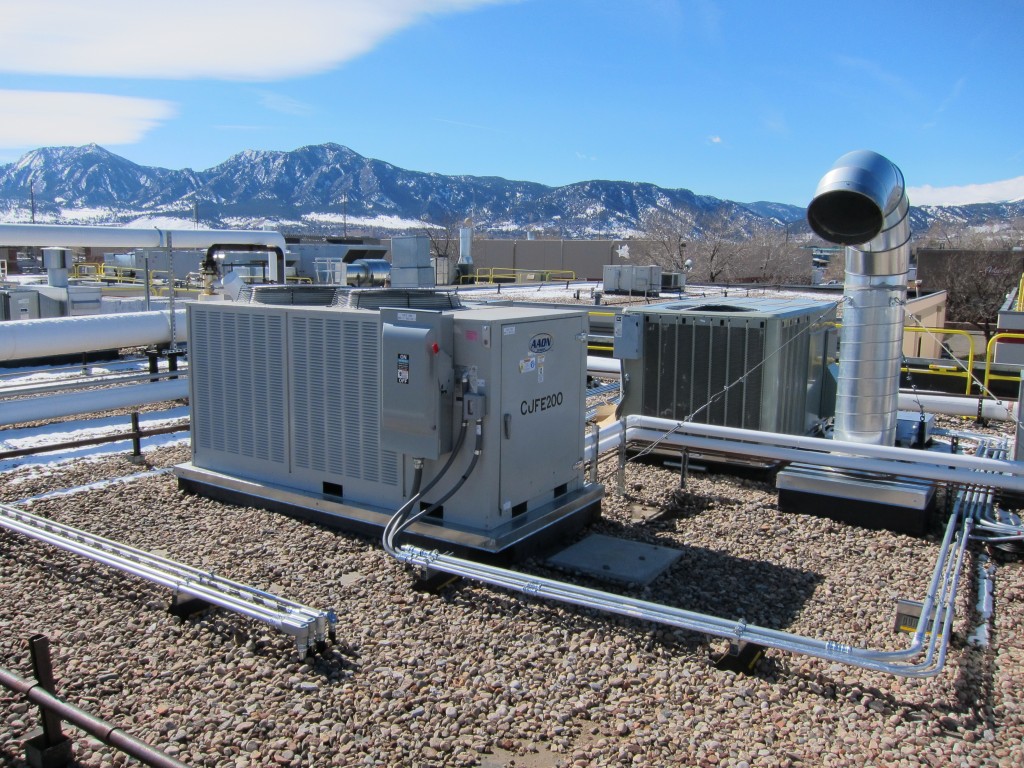Timberline Blog
8 Ways to Save Energy With Commercial HVAC Systems
For commercial building owners and property managers, saving energy by using wise HVAC practices also means saving money. There are other benefits as well. For example, the steps taken to lower energy bills may also prolong the life of equipment. And, earning a reputation for being energy conscious can be an advantage for owners looking to attract tenants or for businesses seeking to impress customers.

Proven Strategies for Making HVAC Energy Efficiency Improvements
In order to maximize the return on time and money invested in lowering energy bills, it is critical to use proven strategies. Here are some of the most effective actions and HVAC energy saving tips:
1. Perform an energy audit
Taking steps to reduce energy consumption before knowing how, when, and where energy is being used can be counterproductive. Owners should start by gathering and assessing energy bills for the last 2-3 years. Are there spikes in energy consumption that can’t be explained by the changing seasons? Are there trends that might indicate that a heating or cooling system is beginning to run less efficiently? The more that is known about a building’s energy consumption, the easier it is to spot and address problems.
2. Conduct preventative maintenance on schedule
Ensuring that heating and cooling systems are always operating at peak efficiency helps control energy costs. This means creating and following a preventative maintenance schedule. Putting off cleaning, part replacement, and other tasks can lead to everything from minor loss in efficiency to costly major breakdowns.
3. Make repairs promptly
It is tempting to table a repair until next month, next quarter, or next year, when more money will have accrued in the repair budget. Unfortunately, that strategy really isn’t effective when you add the constantly growing cost of inefficient HVAC operation to the repair expense.
4. Install programmable thermostats and smart technology
Energy used to keep a building at the temperature preferred by occupants after they have gone home for the evening or the weekend, rather than having the system move temporarily toward a more energy-efficient setting, is energy wasted. Programmable thermostats are one easy way to address this issue. Smart technology is another. It detects the presence or absence of people in the building and adjusts heating and cooling appropriately.
5. Switch to variable refrigerant flow systems
Variable refrigerant flow (VRF) systems are advanced solutions that automatically shift refrigerant from one area of a building to another in order to efficiently transfer heat to where it is needed and away from where it is not. These systems can deliver significant energy savings.
6. Make energy-saving structural changes
The design of a building can cause energy inefficiencies. In some cases, it is worth the time, effort, and expense to redesign a portion of the building to correct the problem. For example, if a shipping area is continually exposed to the outside temperature as shipments come in and go out, and it is not separated from the rest of the building by well-insulated walls, thick doors that seal properly when closed, etc., a great deal of energy will be lost.
7. Continually audit for energy-wasting practices
There are many way that energy is wasted in commercial buildings that may be overlooked as owners and building managers focus on more systemic issues. For example, running space heaters when the air conditioning is on because an area of the building gets uncomfortably cold or propping open windows or doors when the heating system is running because an area is too warm wastes a significant amount of energy. By having someone “walk the building” on a regular basis, management can discover these practices and take steps to remedy the situations.
8. Educate tenants or employees
Most people are happy to use energy wisely if they are made aware what the best practices are. Simply explaining to them how a particular action affects energy costs positively or negatively may be all the incentive they need to change their habits.
HVAC Energy Efficiency Improvements are Possible
The first step in making a commercial building more energy efficient is understanding that it can be done. By using the HVAC energy saving tips above, a building owner or property manager can make immediate progress in saving money on energy bills and also promote HVAC sustainability.
To learn how to save energy in commercial buildings and how Timberline can assist by providing HVAC system design, implementation, repair, and support, contact us today.
Tags: how to save energy in commercial buildings, hvac energy efficiency improvements, hvac energy savings tips, hvac maintenance energy savings, hvac sustainability
